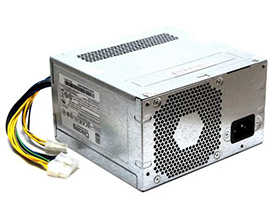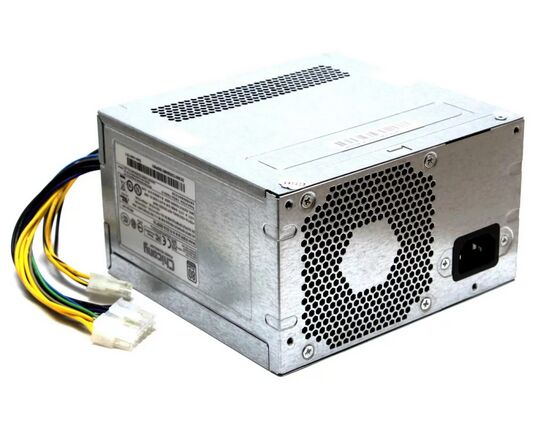FSP power supply


New Power Supply For Acer PS-4301-01 FSP300-40AABA 300w.All power supplies are tested by our in house technicians and they are guaranteed to function properly.
Please make sure that you are ordering the correct power supply. All of the compatible models listed below come in different sizes and each size has a different power supply. Please check the part #'s, pictures and specifications carefully to make sure that you are ordering the correct power supply.
Product Type: Power module
Form factor: ATX
Compatible platforms: PC
Cooling: 1. Fan
Modular: No
Efficiency: 80-Plus
Other connections: CPU Power Connector 4-pin
ATX-Power Connector:: 12-pin
PCI-Express-Connector:: not included
Molex-Connector (4-pin):: not included
SATA-Connector (15-pin): not included
Maximum output: 300 W
Compatible Part Number: Fsp group FSP300-40AABA 9PA300DZ00 300W 12-PIN atx
PSU-U-103-171 PS-4301-01 D15-300P1A PE-3221-1 D14-300P1A
Compatible For Acer Desktop:Acer 430 630 730 B10 500 7500

1.Remove the dead pc power supply Once you've disconnected all the leads, look at the rear of the case and find the three or four screws holding the power supply in place. Remove them, then gently lift out the PS, making sure that the cabling doesn't get tangled on, say, a RAM module or expansion card and accidentally pull it loose.
2. Install the new FSP FSP300-40AABA Pc power supply Out with the old, in with the new. Make sure the replacement Pc power supply is set to the correct voltage. Once the old PS is out, put the new one in its place and screw it in. Now just reverse the steps you performed: connect the leads to their respective outlets, replace any extracted components, and consult your photos to make sure you've left no lead unplugged. (You'd be surprised how easy it is to forget, say, the DVD lead, especially when you've spent 10 minutes trying to wedge in that pesky front-panel lead.)
3. Fire it up Before you close up the case, make sure everything works. Connect the power cord to the Pc power supply, plug in your monitor and keyboard, and fire up the machine. Unless you've failed to connect the main leads to the motherboard, it should come right to life, just like before. Let it boot completely, then check to make sure there's power to the optical drive(s) and, if applicable, the front panel.